Maintaining an abbey is expensive and, judging by the volume of beer that comes out of these places, thirsty work. Which is why six years ago the twenty Benedictine nuns of Maredret Abbey in the Wallonian region of Belgium, decided to throw off centuries of tradition where only monks made beer, and teamed up with a Belgian brewer to start making their very own brews.
The Maredret Altus, a 6.8% amber, and Maredret Triplus, a serious 8% blond, came about as the nuns searched for ways to generate funds to repair their aging buildings. Founded in 1893, the abbey was the result of the late 19th century monastic revival in Europe, but by the early 21st century money making schemes were running dry. Luckily, they didn’t have to look far for inspiration.
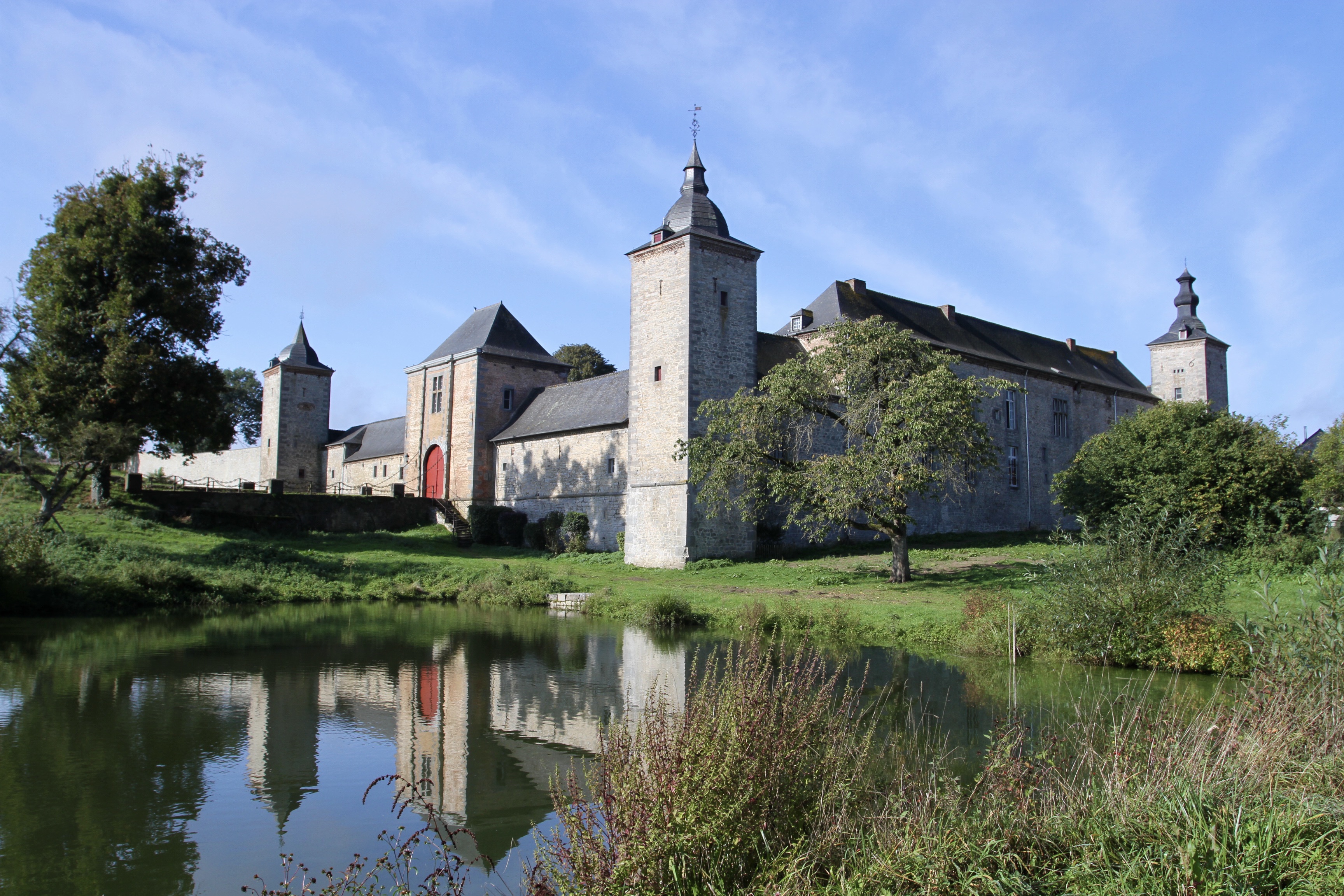
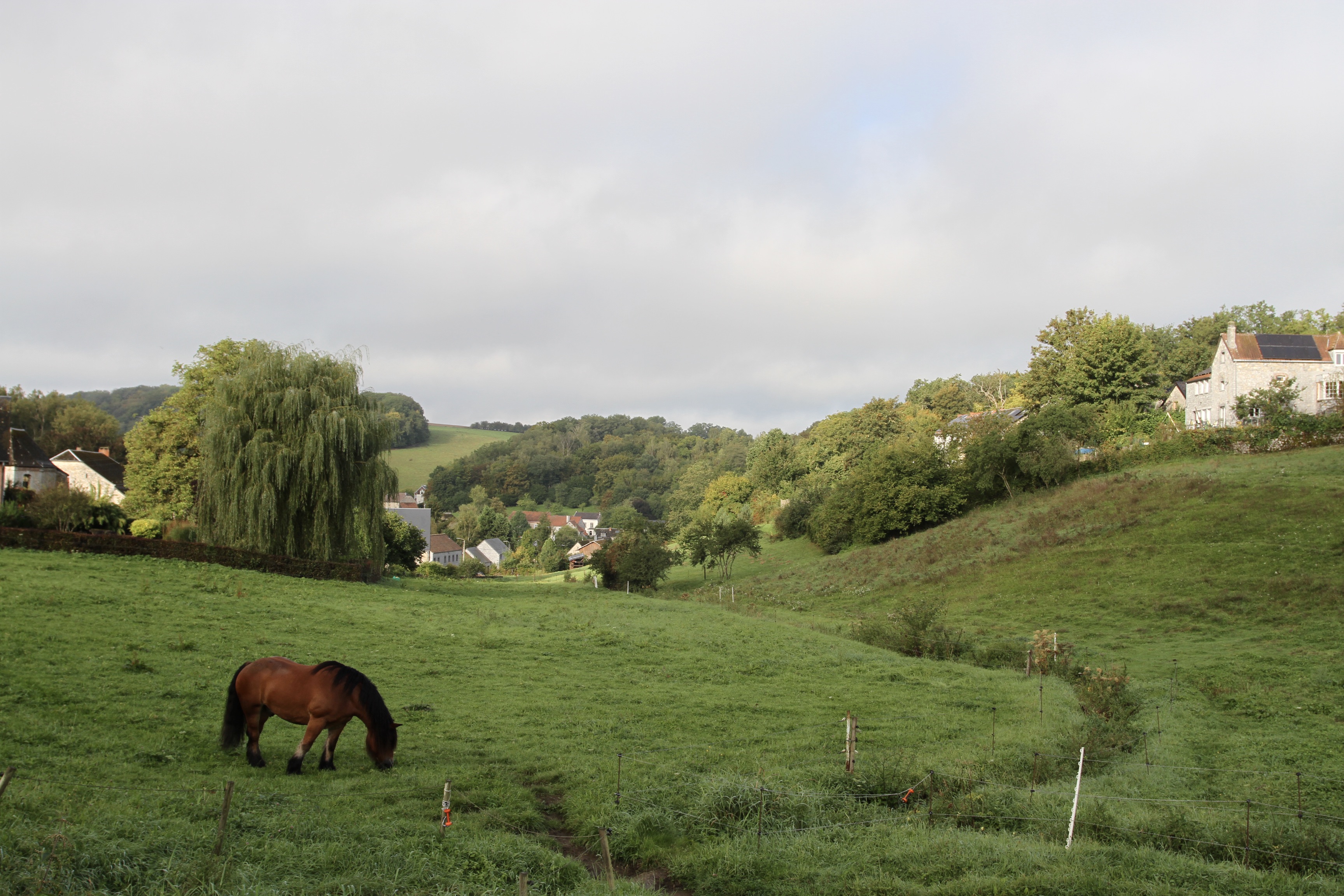
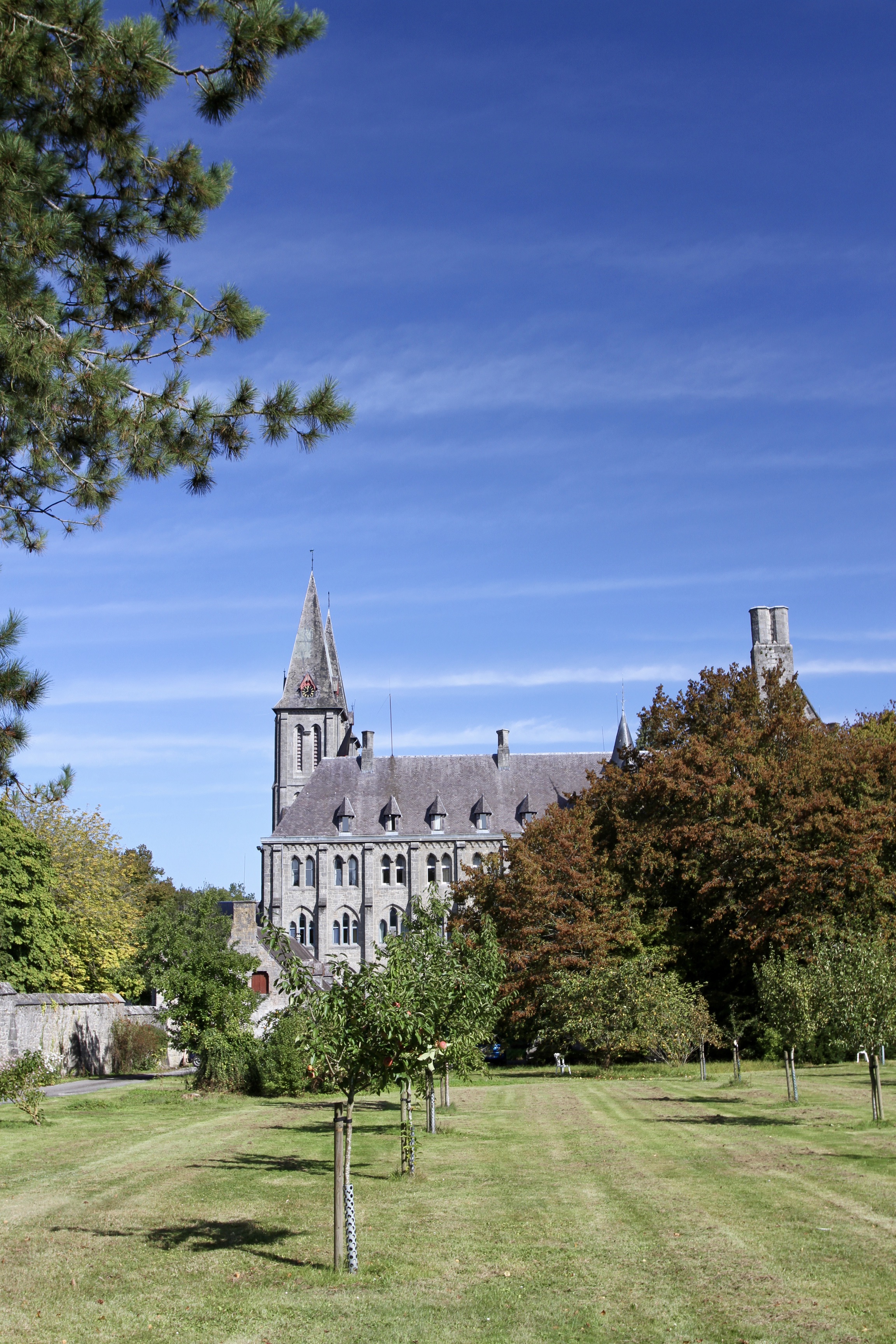
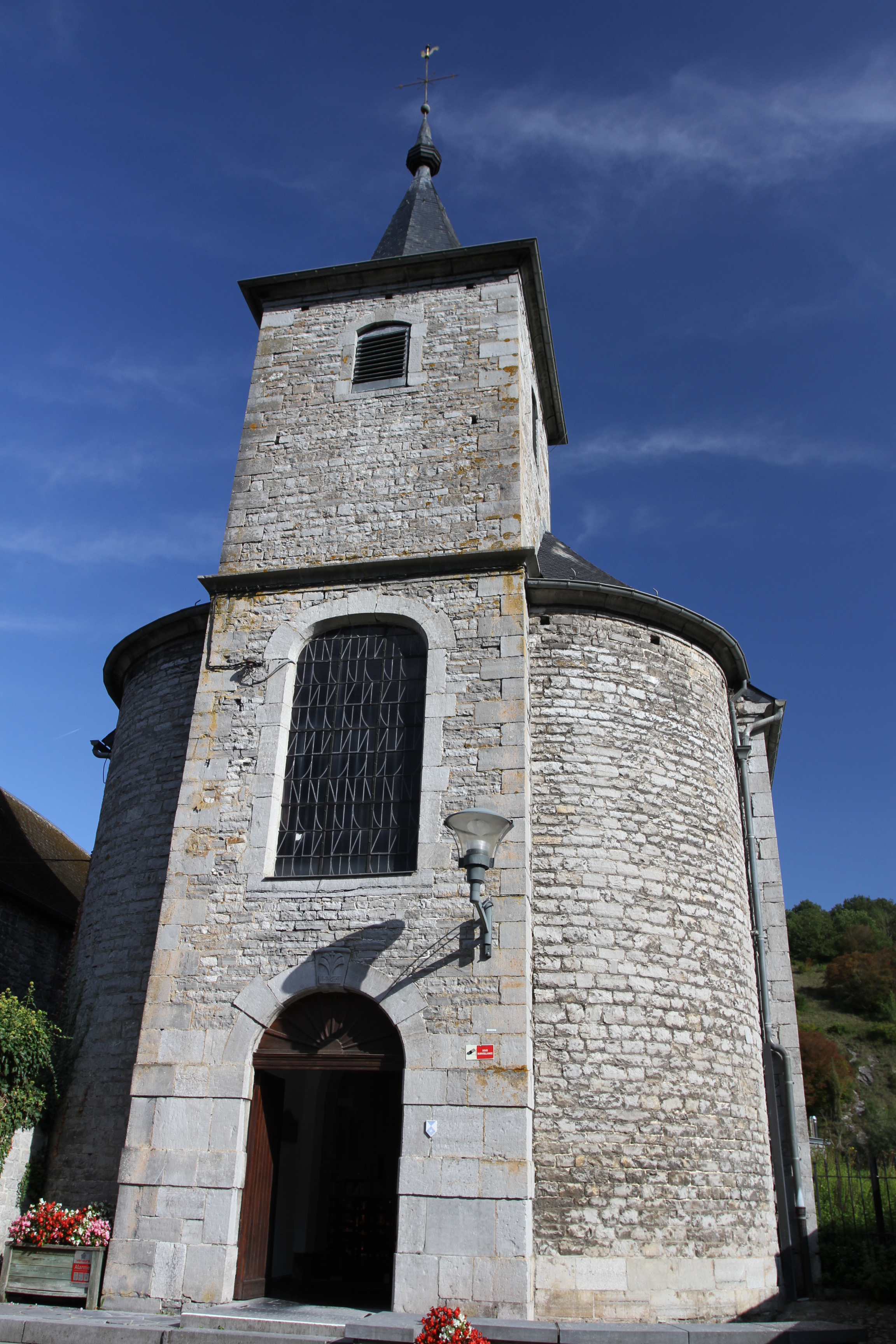
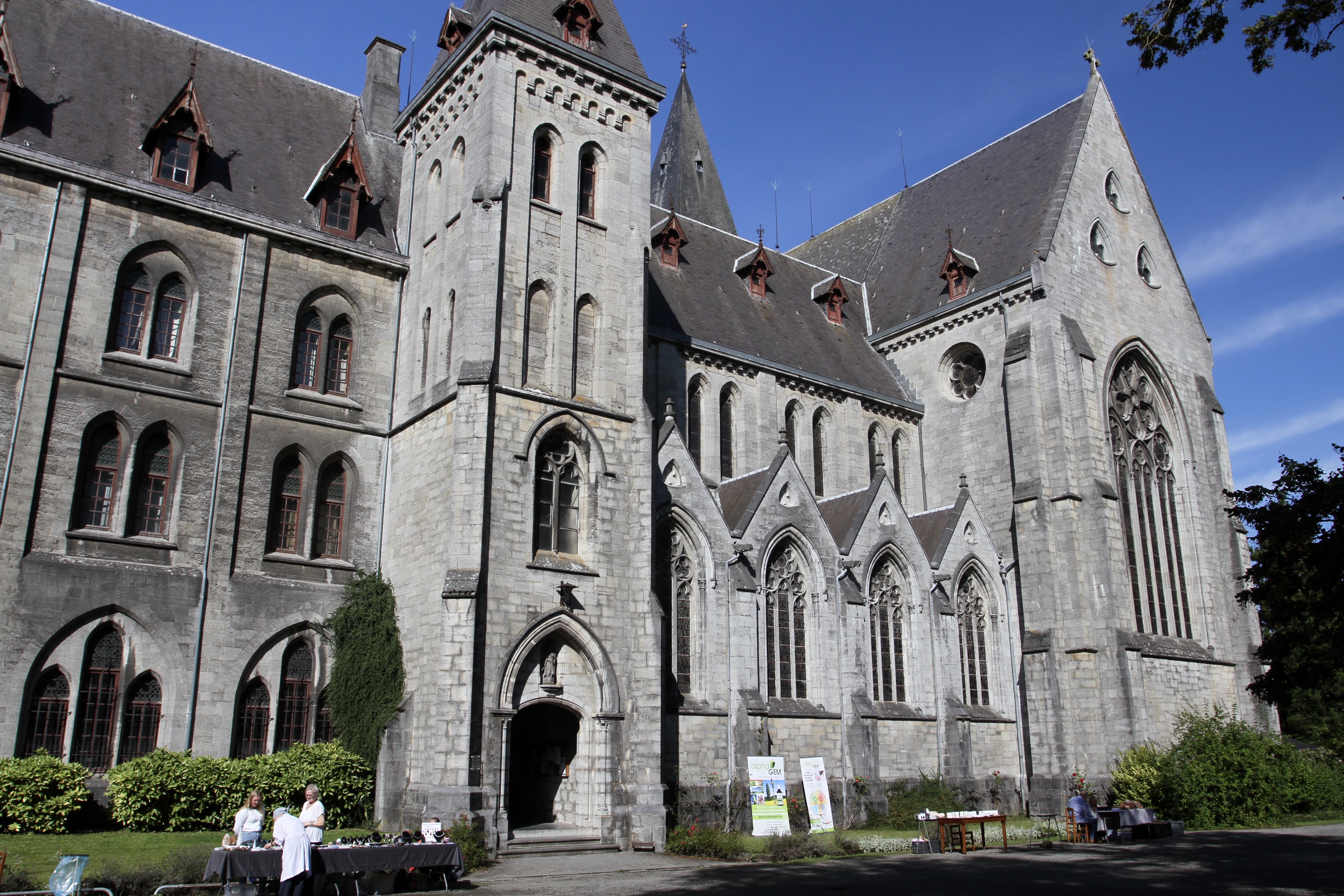
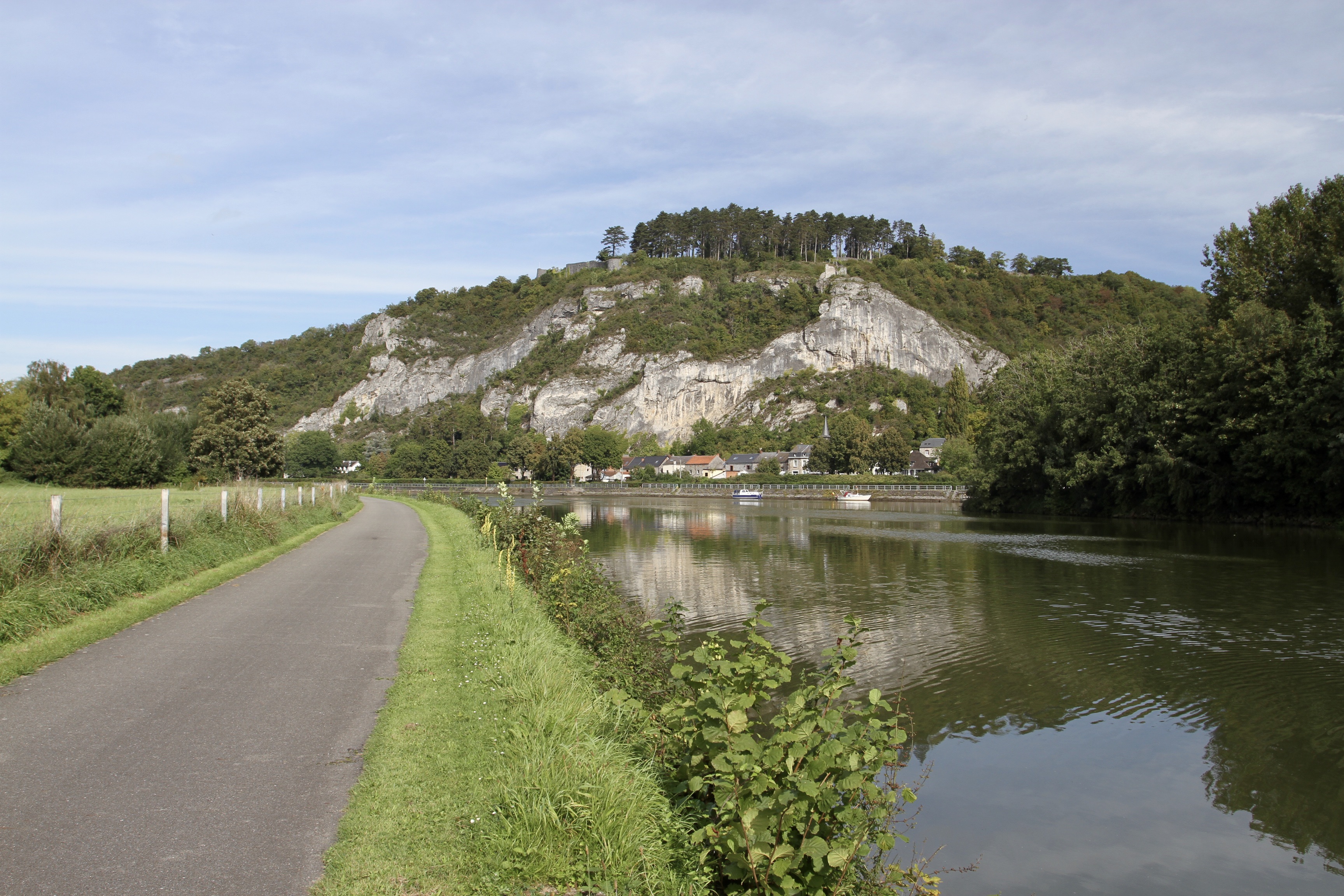
A few minutes cycle away is Maredsous Abbey. Founded only a few years earlier in 1872 by Benedictine monks, it has been brewing beer for much longer. Since 1963, Brouwerij Duvel has been making the very tasty Maredsous beer under license. Maredsous Abbey was my main destination on my cycle into the Ardennes from Dinant. Stumbling upon Maredret Abbey was just a happy – or perhaps ‘hoppy’ – coincidence.
I’d set off much earlier in the day cycling from the home of the saxophone, Dinant, along the banks of the River Meuse. The easy going along the flat river bank soon gave way to a long arduous climb uphill towards a plateau of farms and woodland that brought me to the village of Sommière. The name is said to derive from the Latin for summit. It felt like it. I caught my breath in the shadow of 17th century Saint-Hubert’s church.
A pleasant downhill deposited me in the tiny village of Weillen. It’s a pretty place that is home to fewer than 300 people, a 17th century château and the elegant Église Saint-Pierre dating from a similar period. The route took me across glorious landscapes of rolling farmland and woods, until I finally found myself in Falaën, considered one of Les Plus Beaux Villages de Wallonie, The Most Beautiful Villages of Wallonia.
At the heart of the village is a glorious 17th century fortified manor house, the château-ferme de Falaën. Defensive walls with high towers in each corner surround an interior courtyard. There was once even a moat surrounding the walls, but that disappeared in less dangerous centuries. The Église Saint-Léger in the village centre dates from the mid-19th century and nestles amongst attractive stone houses.
Next on what was turning into a tour of picturesque Wallonian villages was Sosoye, said to be one of the prettiest of them all. Set amongst a wooded landscape, stone houses and quiet cobbled streets lead down to a bridge over a stream. On the way I passed the 18th century Eglise Notre-Dame de la Nativité with an unusual ’round’ design. Other buildings in the village are 17th century and earlier.
The view over the village from the Ravel cycle path that runs on an old rail line high above Sosoye, is very nice. I would come back along the Ravel, but from the village I took country lanes to nearby Maredret Abbey. I arrived during a craft fair and there were a few people browsing stalls. After looking around I cycled the short distance to Maredsous Abbey. There were far more people here, and the abbey’s brasserie was doing a roaring trade.


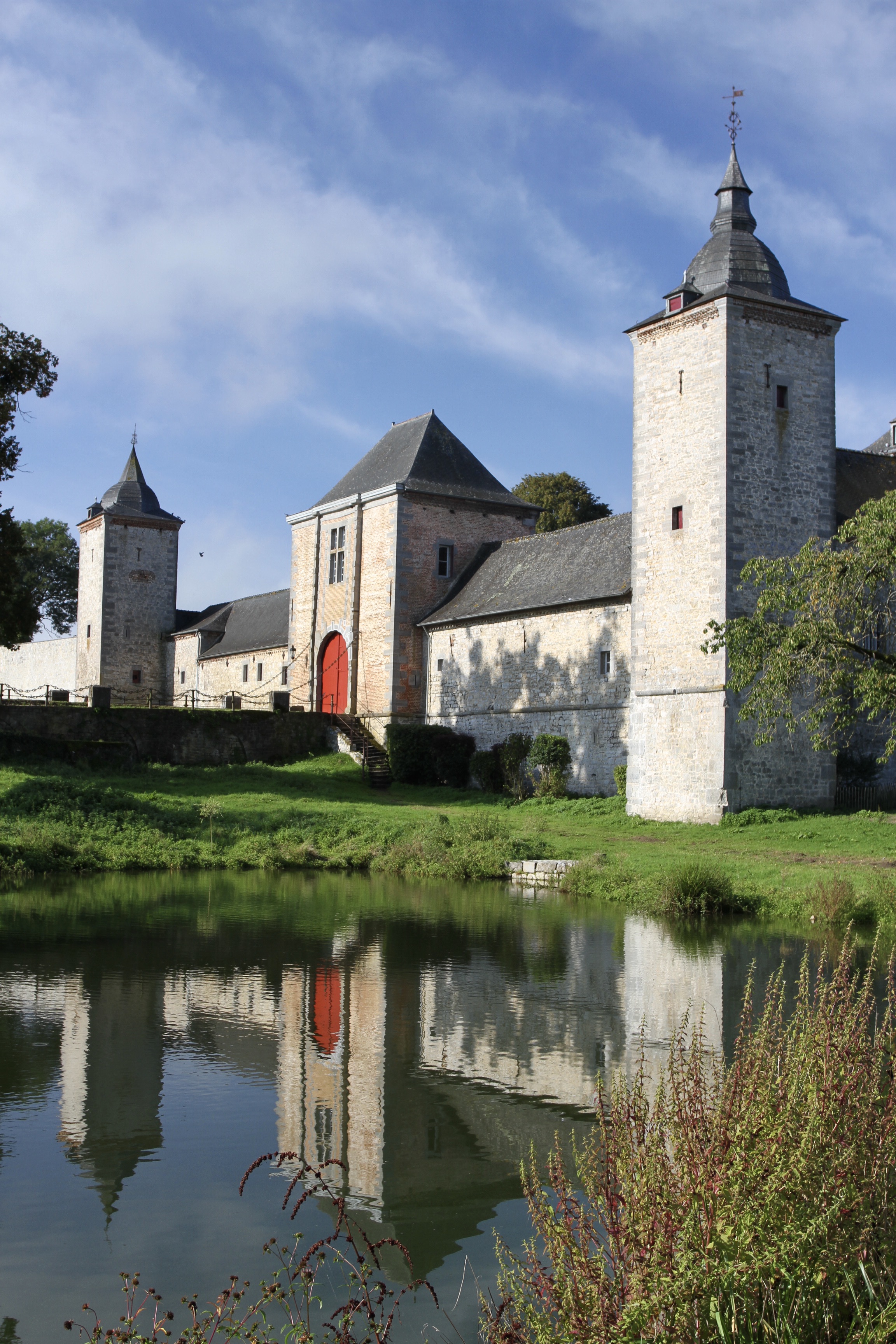
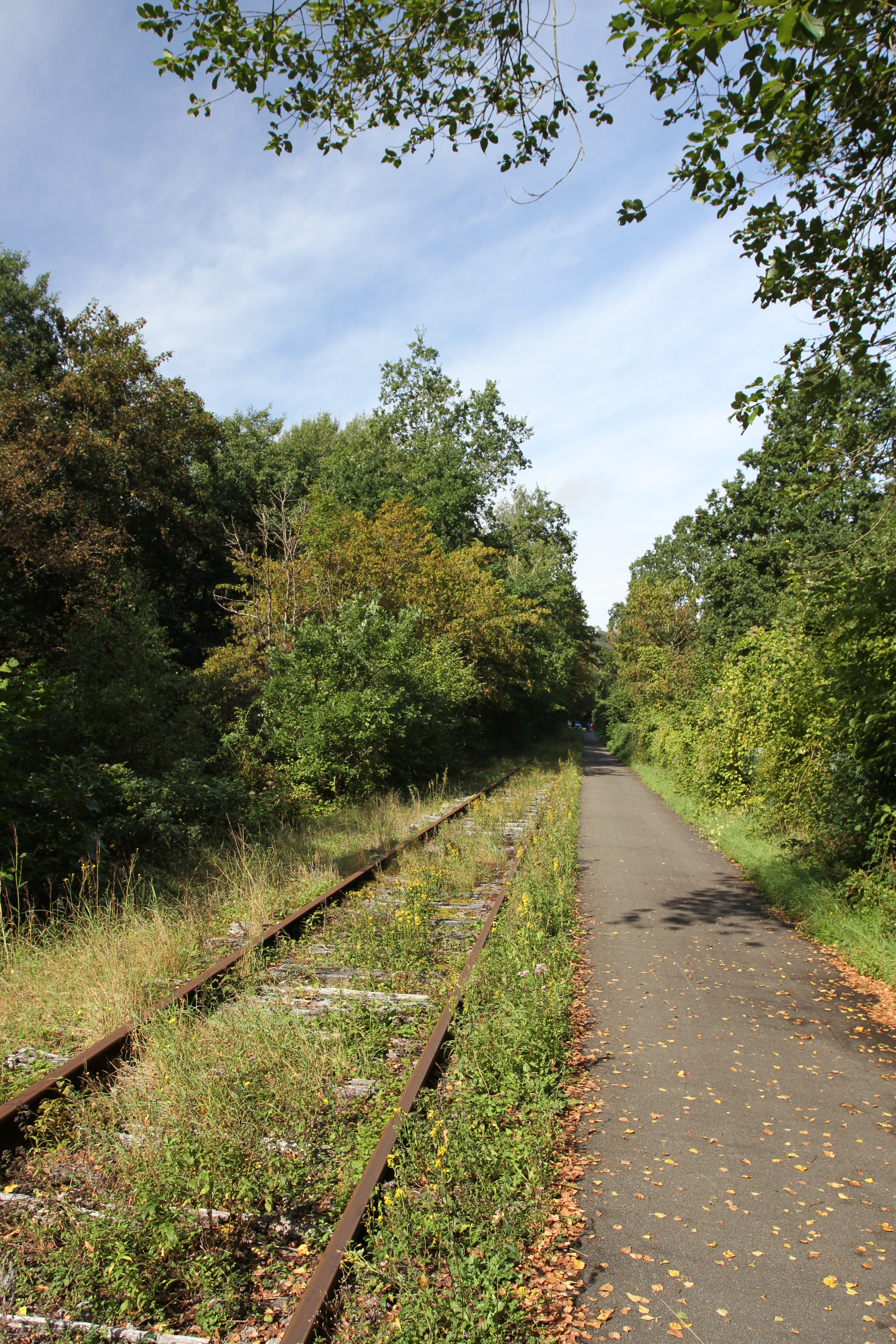
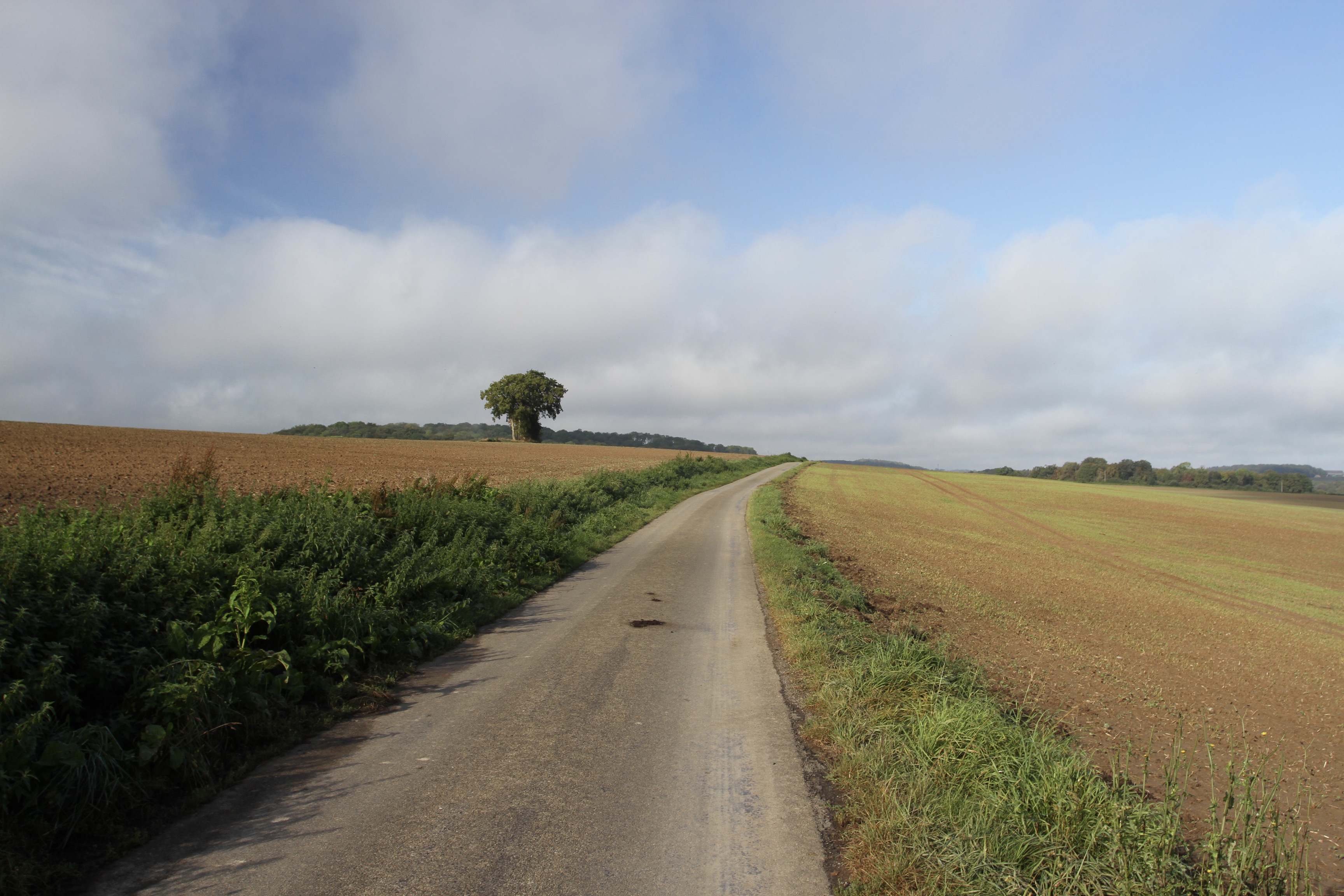
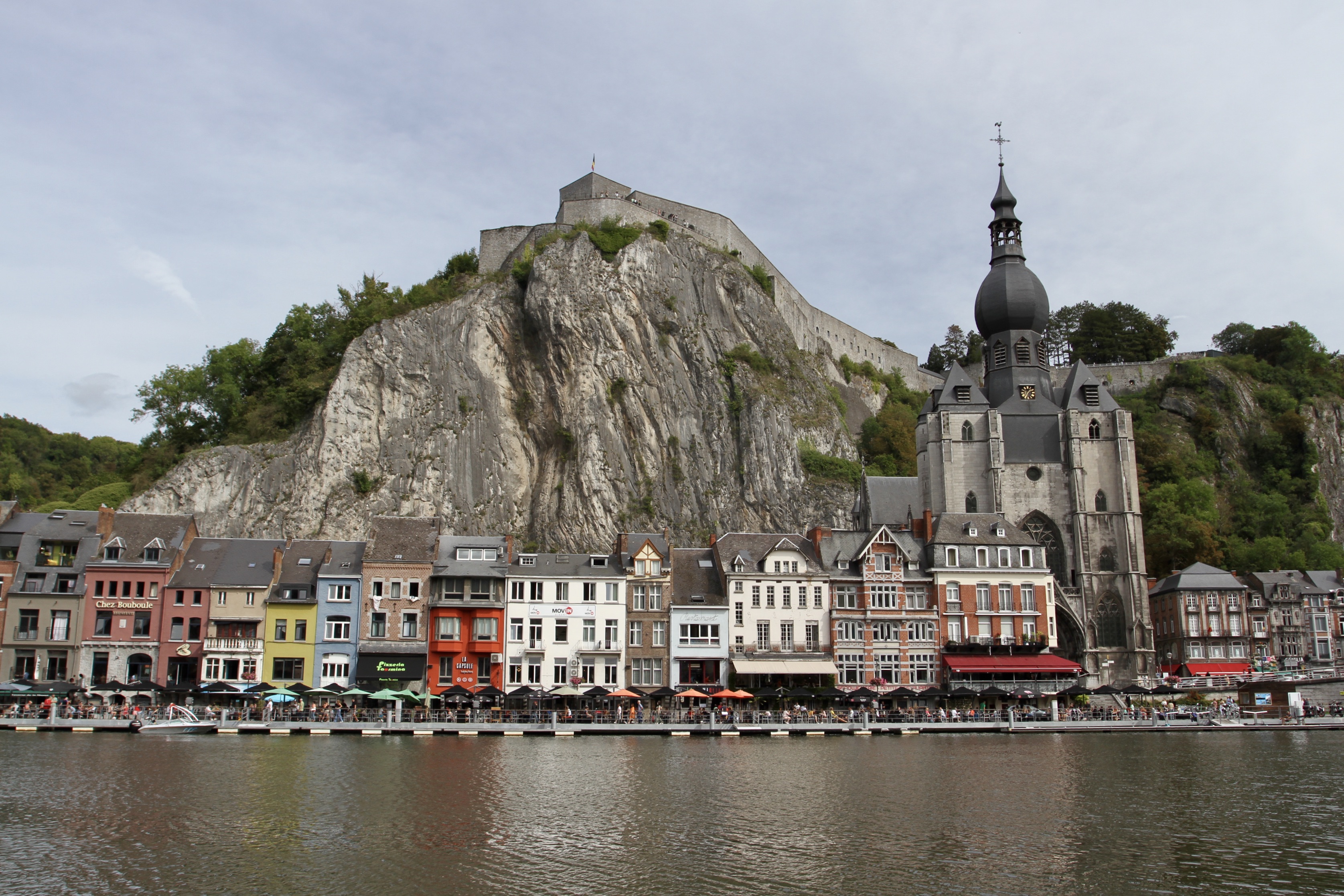
The route back to the Meuse and Dinant took me along the mercifully flat Ravel. The old rail line leads almost all the way back to the river but on the route I kept passing people coming the other way cycling ‘railbikes’. These are the Draisines de la Molignée and they looked like a lot of fun. The route passed the lovely Ferme de l’Abbaye de Moulins, which dates back to 1232 when it was occupied by Cistercian nuns.
Now holiday cottages, it’s an historic option for staying in this lovely region. I had a nose around before hopping back on the bike and along the river to Dinant to enjoy a (very) well deserved bottle of Maredsous blond.












